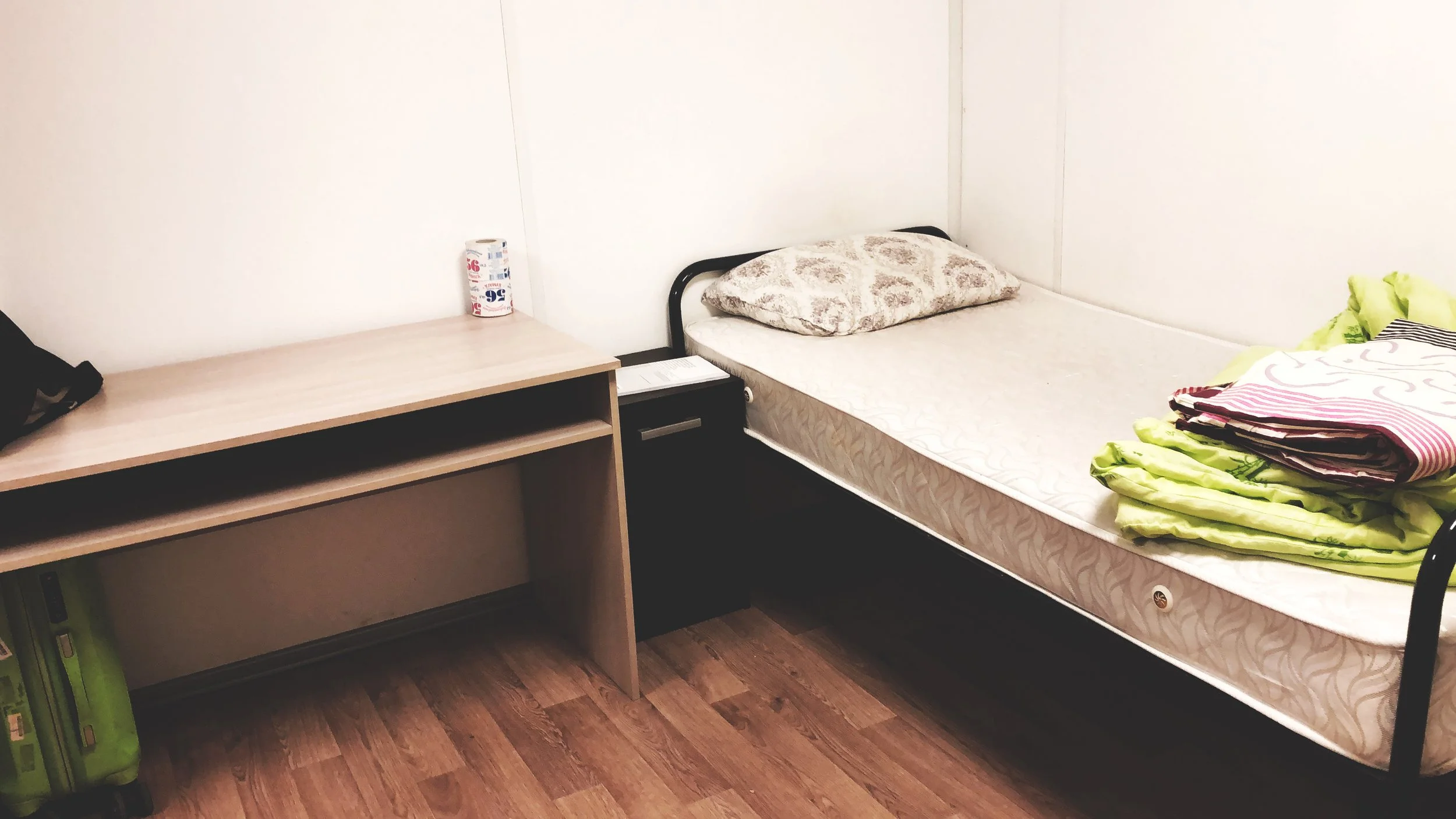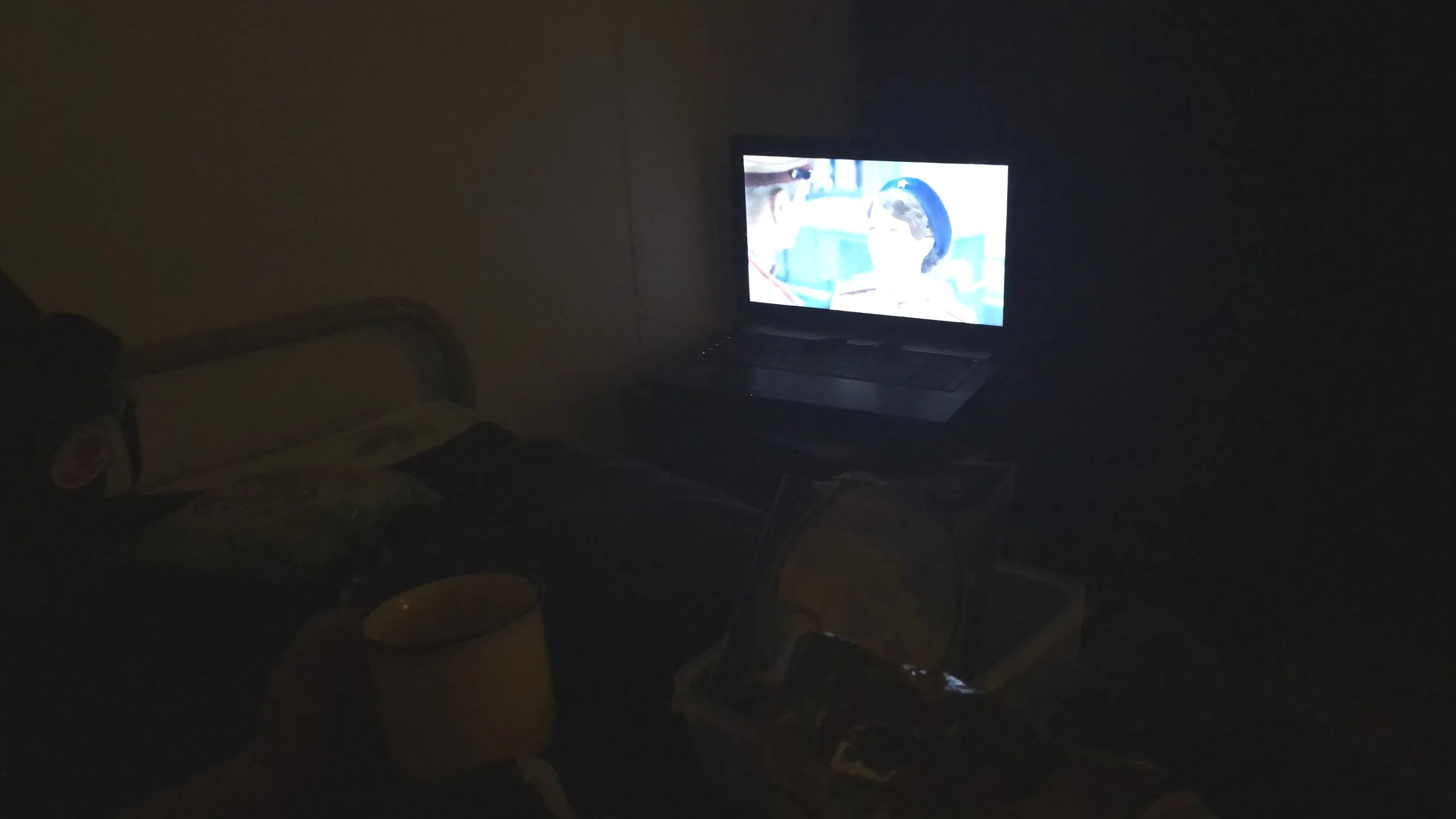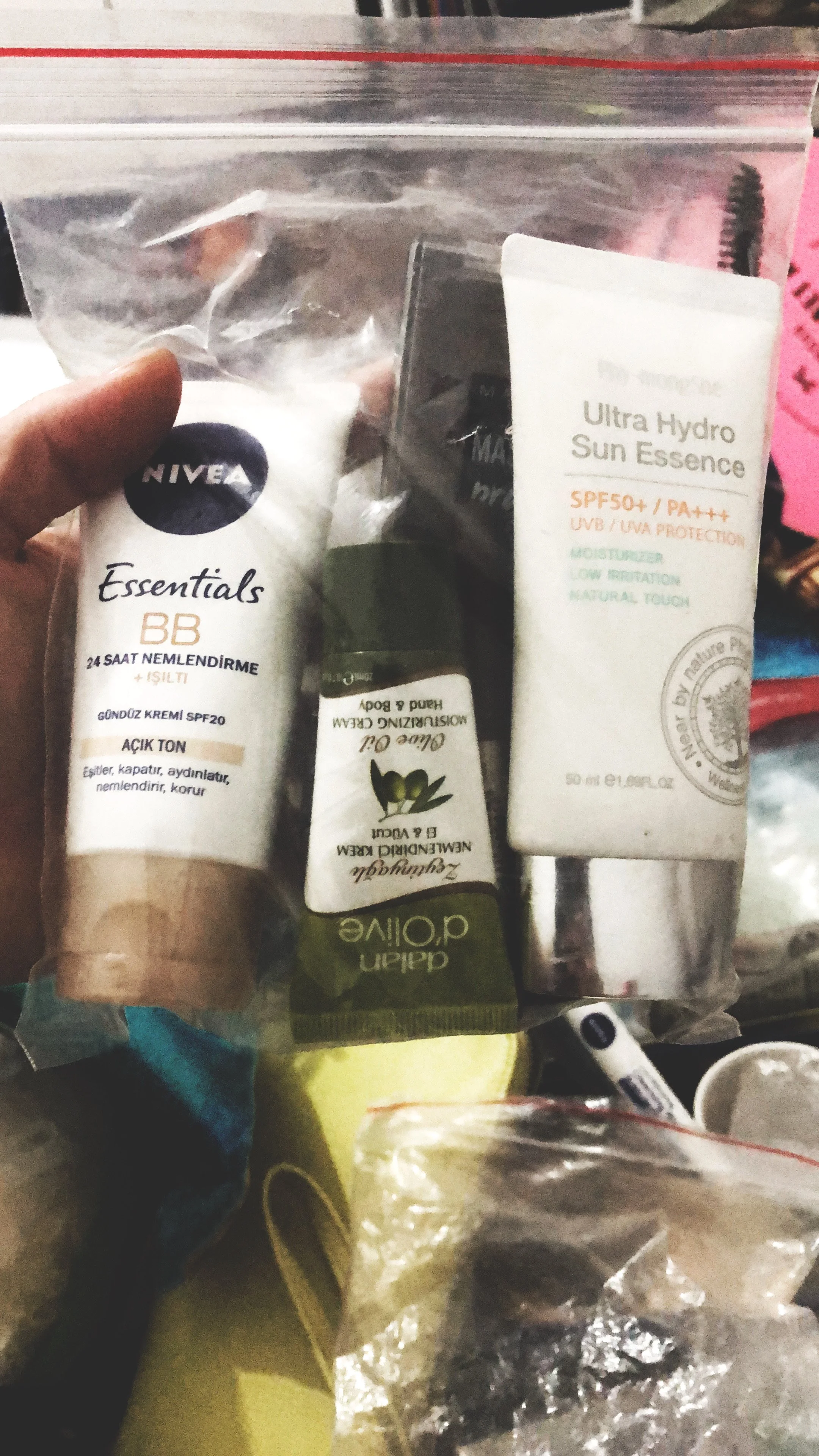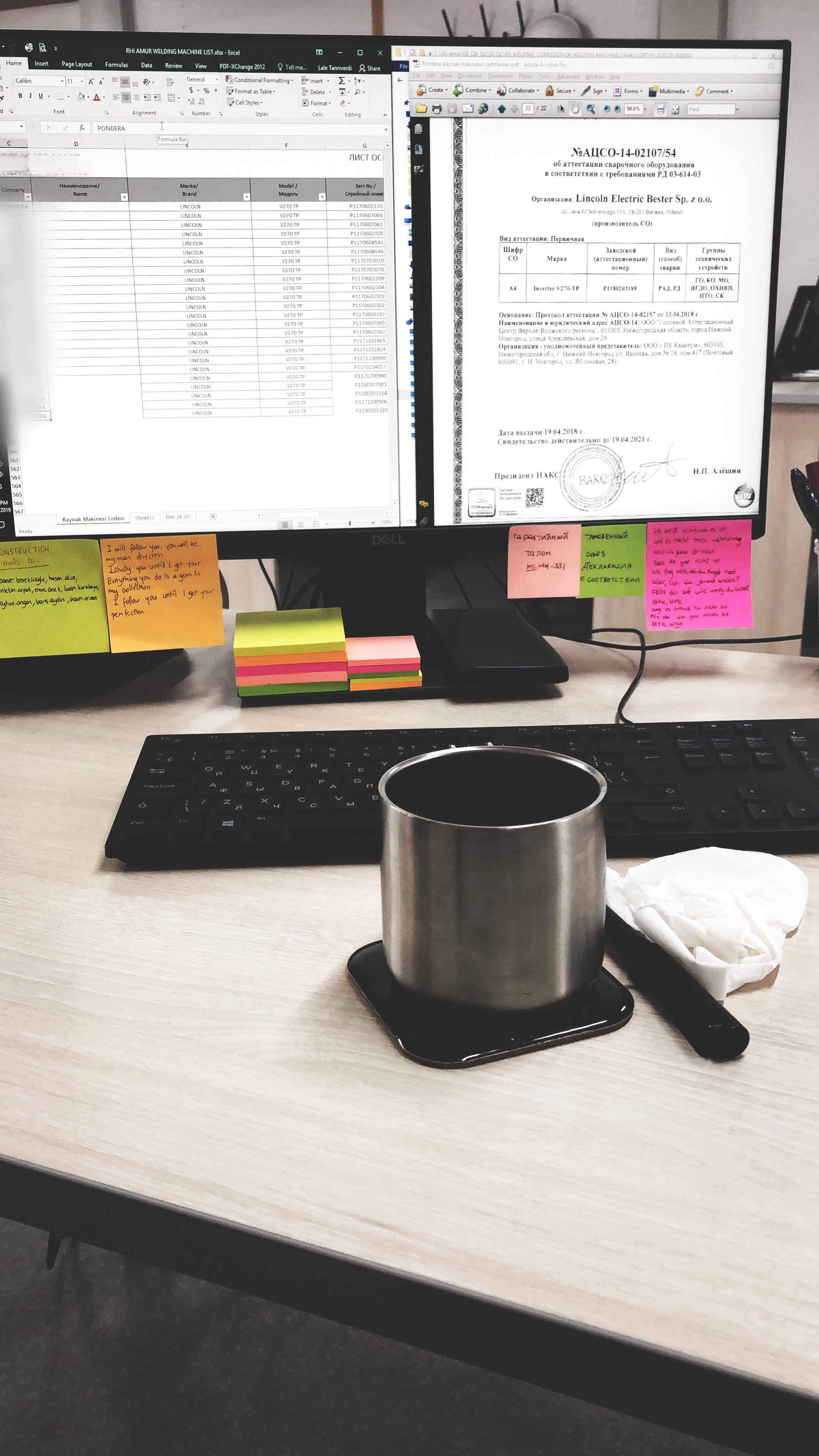The Unofficial Field Survival Guide – Vol. I: Packing Like a (Slightly Paranoid) Pro
You can find a million articles about engineering in the field.
None of them will prepare you for what actually happens.
Like when your bunkmate casually tells you she takes singing lessons… then starts yelling “papapapapapapa” at 9 PM.
And when you’re just trying to watch a movie—silently, on headphones, in your own bed, on your tiny phone screen— she asks you to sleep.
This is the guide I wish someone gave me.
The real stuff. The tiny decisions that keep you sane when everything around you is muddy, frozen, forgotten, flammable — oh, and tigers, foxes, bears, and real wolves (not huskies) can be hanging around.
So let’s start from the beginning:
Before the mud, the cold, the cafeteria politics… there’s the suitcase.
Some snapshots from my first-ever camp room - how I found warmth in the plain and how I made it mine. A borrowed space, slowly filled with laughter, flowers, books and night routines
1. Always Be Overprepared. Especially with the ‘Always’.
When I started packing for Russia for the first time—not for the field, but for the overseas zone — I had no idea what to pack.
The job ad said it was an 8-hour flight from Moscow and then a 2-hour ride; so I imagined I was going to end up in the middle of some frost-covered forest.
The “beauty” of starting a job in this field is there’s almost zero information available online about what to expect—due to that classified-information vibe— except for ads saying whatever is being built is going to be HUGE (anyone else reads that with Mr. Trump’s voice or just me?).
I didn’t know where to start.
Kid you not, I packed six months’ worth of women’s sanitary pads because I thought I wouldn’t be able to find them.
My luggage was suspiciously full of Always (this is not an ad).
When I finally arrived, I realized most of what I packed were weight-occupying extras.
The essentials I actually needed? Totally missing.
2. You Will Not Freeze. Your Suitcase Might.
That expensive outdoor coat you bought? The one you almost took a loan out for?— Perfectly unnecessary.
The company will provide you with gear rated for -50°C, and you can use those until you figure out what you actually need.
Plus, local shopping options are often better and cheaper.
Also—who cares what you wear to the after-work ping pong session in the container-ish building next door?
Some of the gear we were supplied. Thermal armor. Industrial chic. Built for warzones - and weldmaps
You’ll be attending every event in camp wearing sweatpants anyway.
Here’s all you’ll really need:
2 pairs of jeans
1–2 sweatpants
A couple of T-shirts
2 zip-up sweaters (lifesavers for that Cold Outside–Hot Inside dilemma)
7 pairs of socks
7 pairs of underwear
A winter hat
Warm gloves
A scarf
A thick winter coat
Sneakers
Insulated boots
Maybe throw in a dress/skirt for company events (ladies) or a nice shirt (gentlemen).
That’s it — and yes, it can all fit in a carry-on.
Sub-note: You can skip the boots—on-site steel-toe footwear is usually provided.
Some tiny kit like this one will cover you
3. The Real Dress Code Is “Clean-ish”.
Construction sites are dusty, muddy, and chaotic. But that doesn’t mean you give up on hygiene.
Hygiene is like an iPhone at a construction site. A bit overpriced, not everyone thinks they need it… but actually everyone DOES.
Bring the products that work for you:
Your skincare, sunscreen, toiletries (travel-sized until you get local replacements), hair dryer, and towels.
You may only need one set to start.
4. Slippers = Home. Slippers = Sanity.
If you’re from Eastern Europe or a Turkic country, you know nothing says “Mommy” like a well-aimed slipper.
All jokes aside—your feet are your treasure in this line of work. Comfy, cozy slippers are non-negotiable. Trust me. You’ll thank me later.
5. Maintenance is not our thing but fixing is.
Let’s be honest—you won’t be treating your body like a temple.
Long hours, rough sleep, not-your-usual mattress, and no bubble baths.
So take the medicine with you: painkillers, soreness relievers, heating pads, cold medicine—your go-to аптечка (first-aid kit).
Even though a fully equipped infirmary with a qualified doctor and nurses will be available both at the camp and on-site, having your own trusted go-to meds is a smart move.
Girls—don’t forget that cystitis tea or whatever works for you. You’ll know what your body needs better than anyone.
6. Cash is Queen, But Plan for a Delay.
Yes, you’ll get paid.
But maybe not immediately—and definitely not before your first snack crisis.
Bring cash for:
The “new life starter pack” shopping spree after you settle in
Local snacks or comfort foods (canteen food is good, but you’ll crave variety)
Personal essentials or weather-appropriate clothing if your first picks don’t work
Small spontaneous trips or weekend escapes if there’s a nearby town
Travel to landmarks or nearby cities if the opportunity comes up
Expat note:
Even though most companies assist with setting up local bank accounts, delays from translation errors or paperwork issues are common.
So be self-sufficient at the start—it’ll save you stress.
7. Your Sanity Kit (Headphones, Journal, Entertainment)
Whatever keeps you grounded—bring it.
Books.
Journals.
A hard drive full of shows.
Gaming laptop.
Board games.
A picture - with an inside joke.
Whatever it is, you’ll need it.
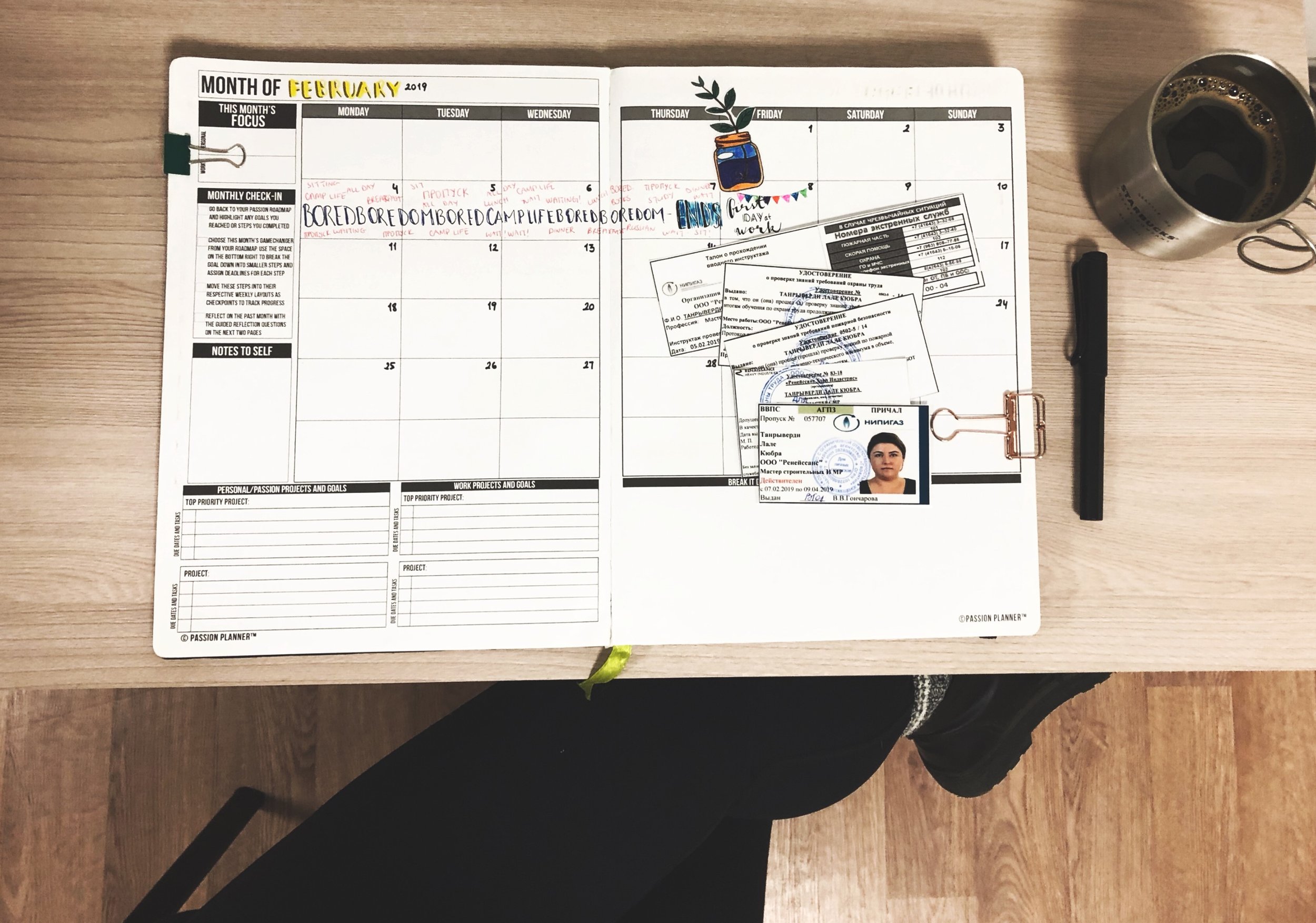
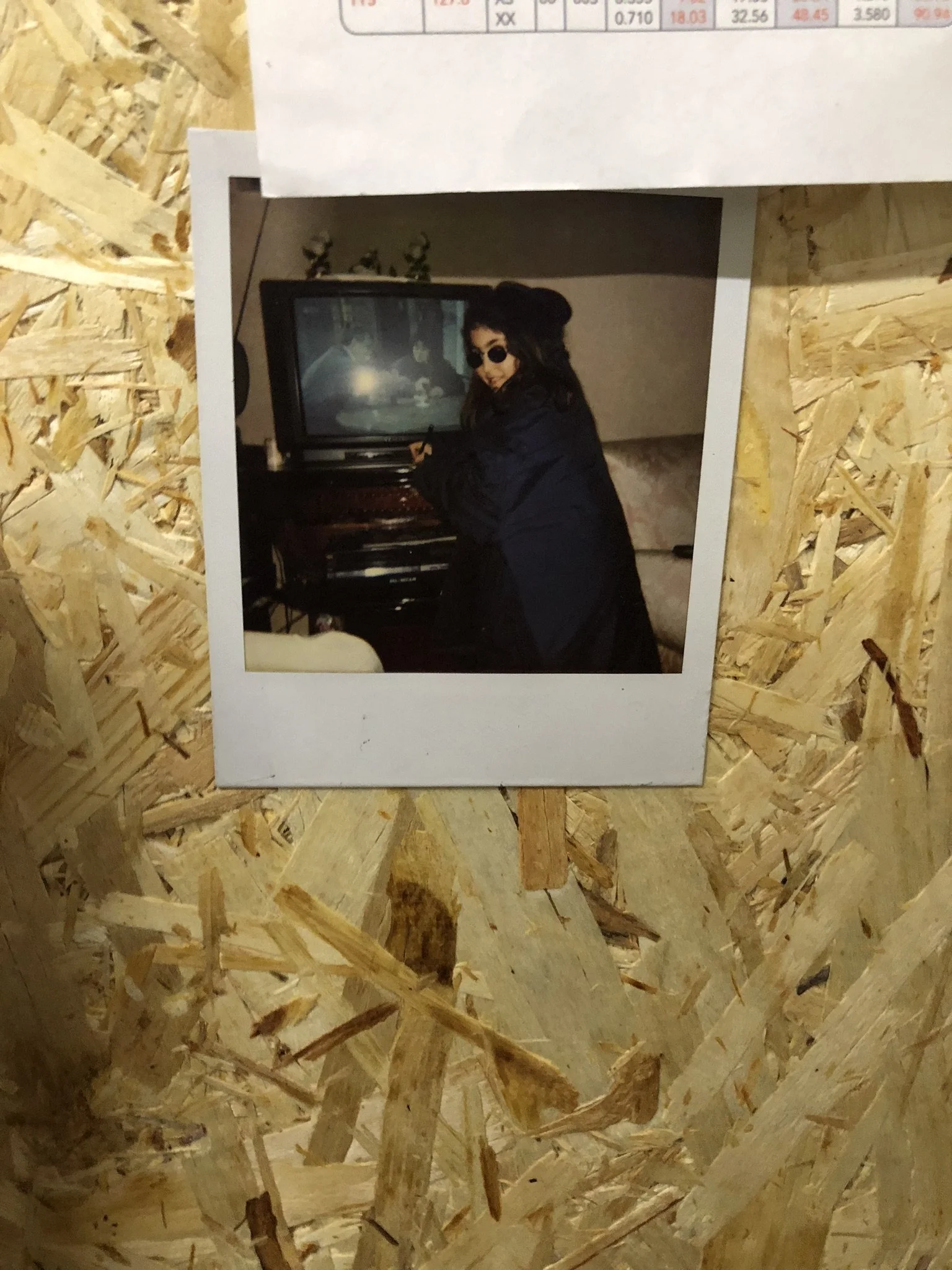
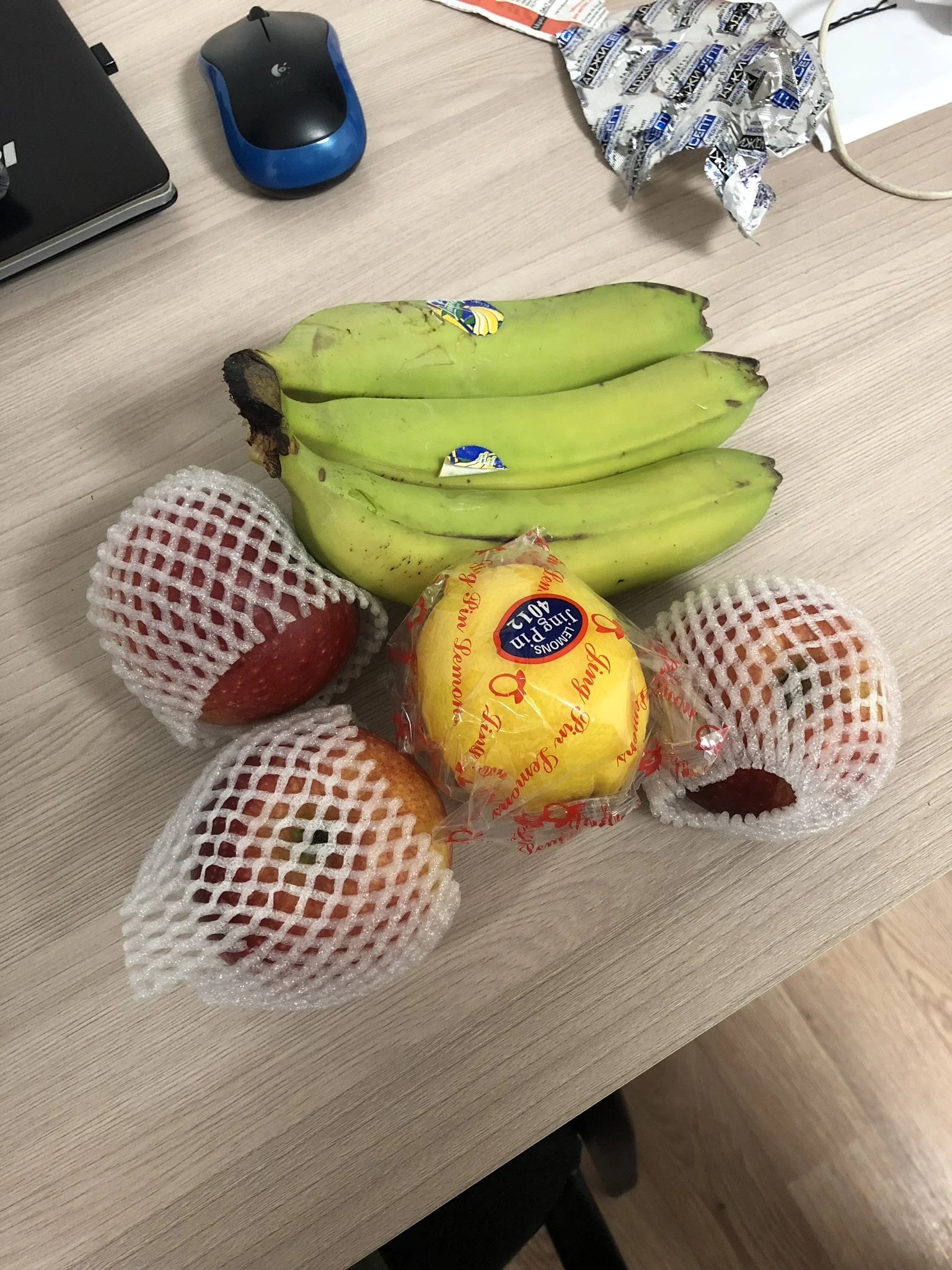
HEADPHONES.
Noise-canceling if possible.
Construction sites are LOUD, and nothing restores sanity faster than blocking out bunkmate karaoke night.
8. Bonus: The Field-Tested Packing List
Your own mug – sentimental, functional, essential.
A snack box – yes, snacks are survival.
A good multi-purpose knife – Swiss Army style.
Wet wipes and paper towels – for both your prefab room and your desk.
To sum it all up:
If you’re stationed in a remote site, you’ll generally find that living conditions are 95% covered.
The basics—canteen, shop, warehouse, even some entertainment—will be there.
But depending on when you arrive, some of those luxuries might still be under construction.
Be smart. Be light. And be a little paranoid—it pays off.
The truth is, most of the time, you’ll be fine.
You’ll adapt. You’ll laugh.
You’ll learn that some of the best gear is actually confidence and community.
But trust me—take the slippers. And the mug.
Next up in the guide:
The Unofficial Field Survival Guide Pt. 2: Settling In


